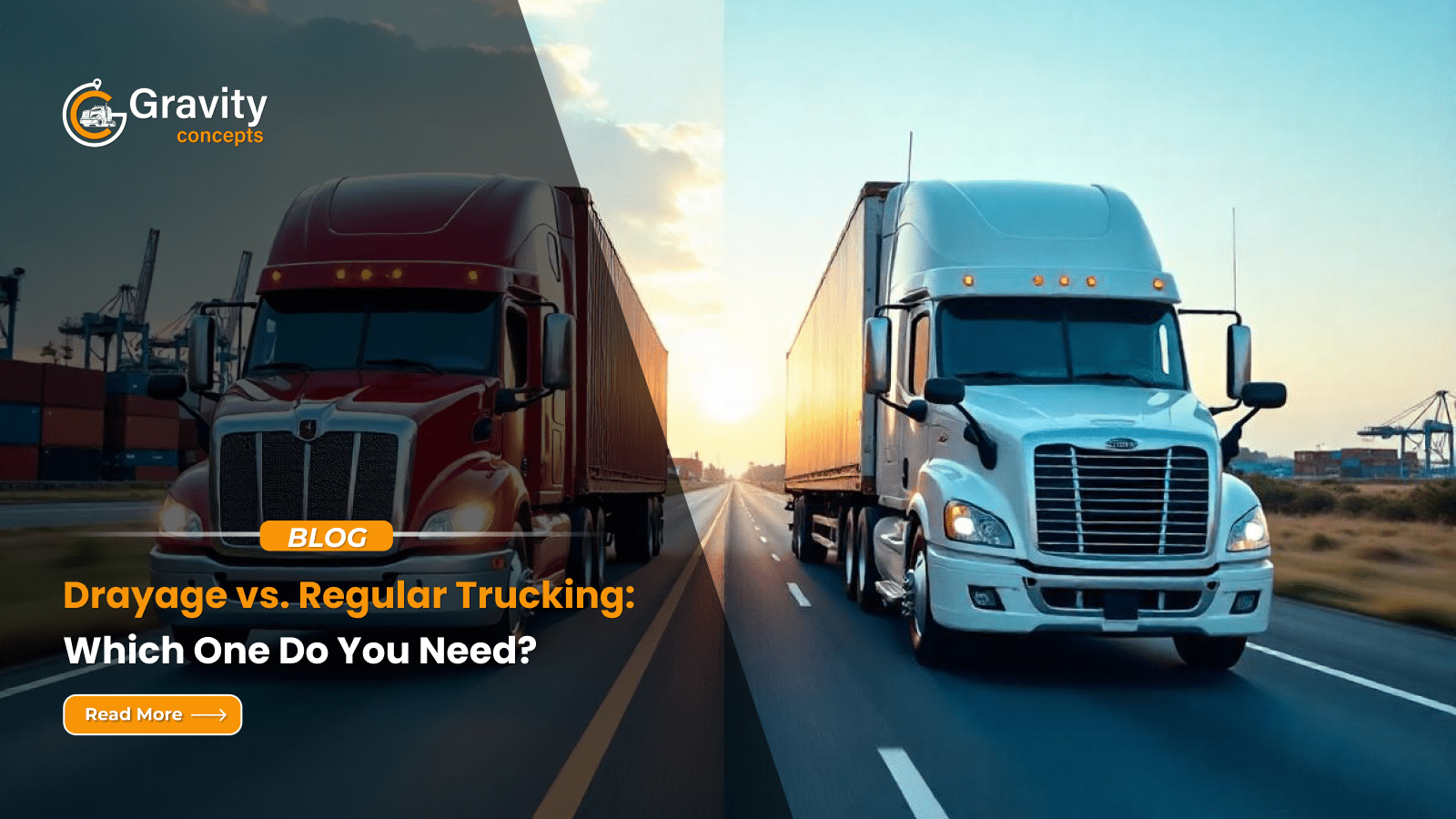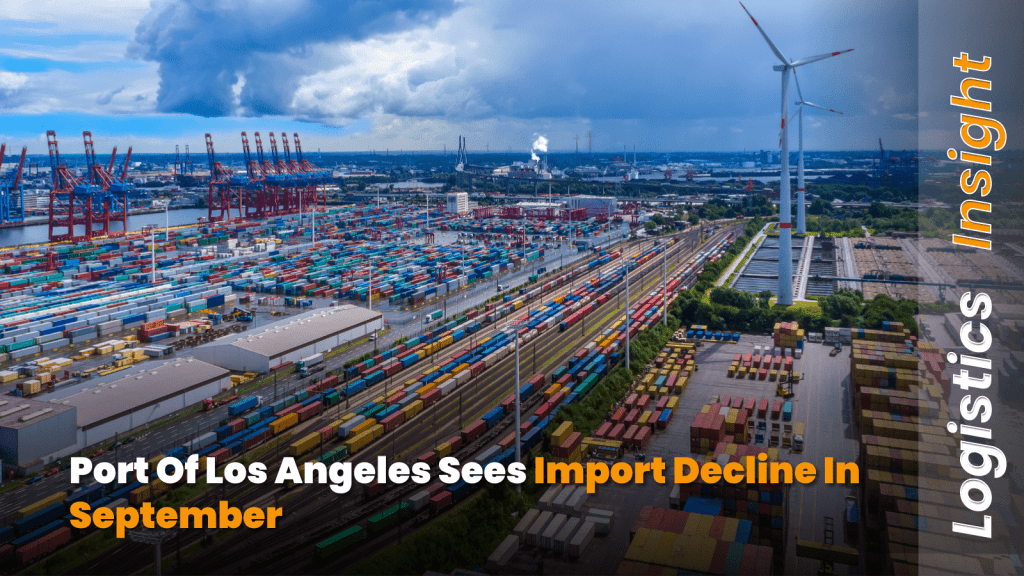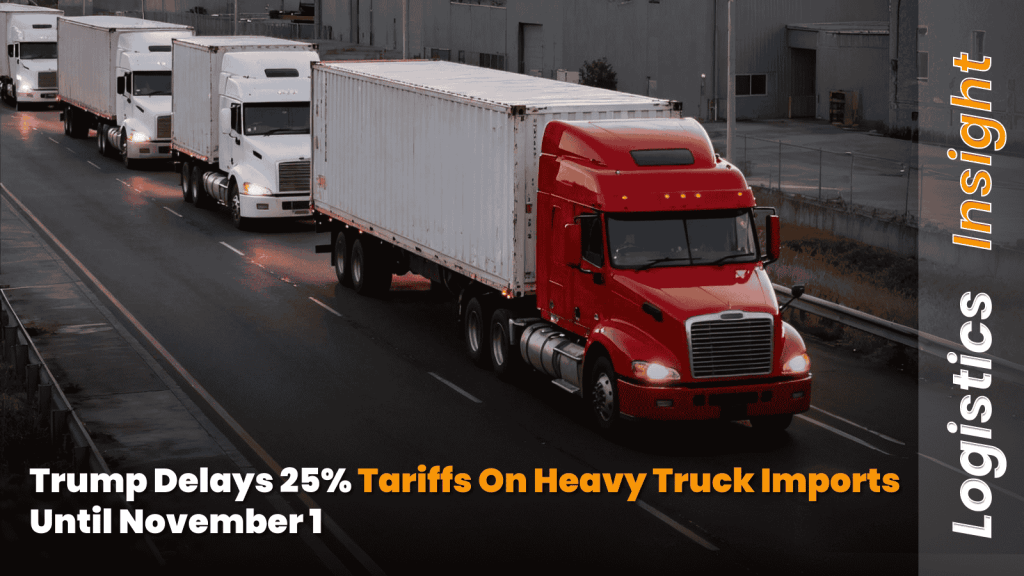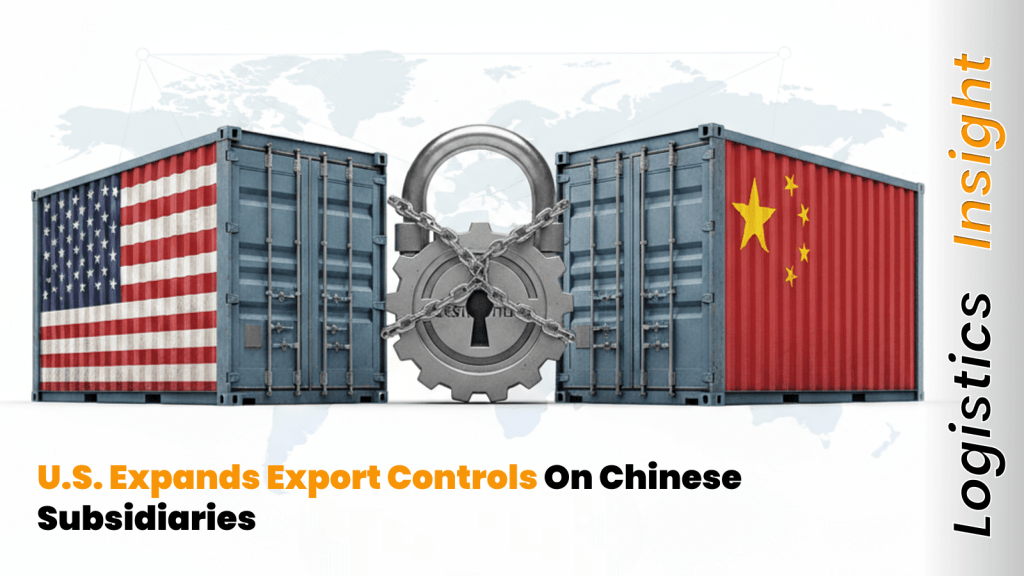
Drayage vs. Regular Trucking: Which One Do You Need?
Shipping and logistics play a crucial role in keeping supply chains moving efficiently. However, choosing the right transportation service can be challenging, especially when deciding between drayage shipping and regular trucking. Each serves a unique purpose and is essential for different stages of the shipping process.
In this blog, we will explain drayage and regular trucking, highlight their key differences, and help you determine which one is right for your business.
What is Drayage?
Drayage is a short-distance freight transportation service that moves shipping containers from ports, rail yards, or terminals to nearby warehouses, distribution centers, or intermodal hubs. It acts as a crucial link in the supply chain, ensuring that goods transition smoothly from ocean freight to inland transportation.
Key Features of Drayage Shipping:
- Typically covers short distances (usually within 100-150 miles)
- Primarily used for import/export shipments
- Requires specialized equipment like chassis to transport shipping containers
- Essential for moving cargo between different transport modes (ships, trains, and trucks)
Who Uses Drayage?
- Importers and exporters moving cargo from ports to storage facilities
- Retailers and manufacturers receiving shipments from overseas suppliers
- Intermodal shipping companies that rely on multiple transport modes
What is Regular Trucking?
Regular trucking refers to the transportation of goods over medium to long distances using a variety of trucks and trailers. Unlike drayage, which is limited to short hauls, regular trucking handles shipments between cities, states, and even countries.
Types of Regular Trucking Services:
- Full Truckload (FTL) – Ideal for large shipments that fill an entire truck
- Less Than Truckload (LTL) – Used for smaller shipments that share space with other cargo
- Flatbed Trucking – Suitable for oversized or irregularly shaped freight
- Reefer Trucking – Used for temperature-sensitive goods
Who Uses Regular Trucking?
- Retail and e-commerce businesses moving inventory between warehouses
- Manufacturers transporting raw materials or finished products
- Food and pharmaceutical companies shipping perishable goods
Key Differences Between Drayage and Regular Trucking
| Feature | Drayage Shipping | Regular Trucking |
| Distance | Short (Port to warehouse) | Medium to long (City to city, state to state) |
| Purpose | Moves containers from ports, terminals | Moves freight across regions or countries |
| Equipment | Uses chassis, container handlers | Uses dry vans, reefers, flatbeds, and specialized trucks |
| Transit Time | Usually same-day or within a few days | Can take days or weeks, depending on distance |
| Common Users | Import/export businesses, manufacturers | Retailers, e-commerce, industrial suppliers |
When to Choose Drayage Shipping
Drayage is the right option if:
- You need to move shipping containers from a port to a nearby warehouse
- Your goods require short-distance transport before switching to another shipping mode
- You want to avoid port congestion and minimize storage fees
- Your business depends on intermodal logistics (combining ships, trains, and trucks)
When to Choose Regular Trucking
Regular trucking is the better choice if:
- You need to ship goods long distances across states or countries
- Your freight does not require handling at ports or terminals
- You are transporting raw materials, consumer goods, or perishable items
- Your shipments require specialized trucking services like flatbeds or temperature control
Cost Comparison: Drayage vs. Regular Trucking
Both services have different cost structures:
Drayage Costs:
- Port fees and chassis rental charges
- Fuel costs for short-haul transportation
- Additional fees for delays, detention, or demurrage
Regular Trucking Costs:
- Charges based on mileage and fuel consumption
- Freight type (FTL, LTL, reefer, flatbed) affects pricing
- Tolls, permits, and driver labor costs
Which is more cost-effective?
- If your shipment is arriving at a port and needs short-distance transport, drayage is essential
- If your goods are traveling long distances, regular trucking is the better choice
- In some cases, businesses may combine both services to optimize costs
Which One Do You Need?
If you’re unsure whether to choose drayage or regular trucking, consider these scenarios:
- Scenario 1: Your shipment arrives at a seaport and needs to reach a nearby warehouse → You need drayage
- Scenario 2: You are shipping goods from a warehouse in one city to a retailer in another state → You need regular trucking
- Scenario 3: Your shipment needs both drayage and long-haul trucking to reach its final destination → You may need both services
Conclusion
Both drayage and regular trucking play essential roles in freight transportation, but they serve different needs. Drayage is best for short-distance container transportation from ports, while regular trucking is ideal for long-haul shipping across cities or states.



